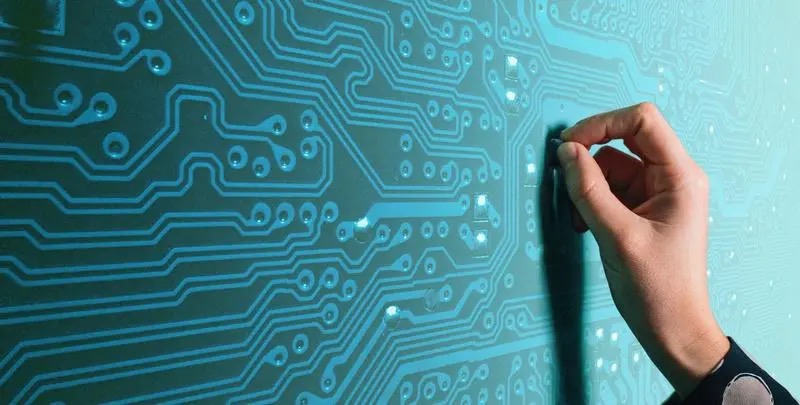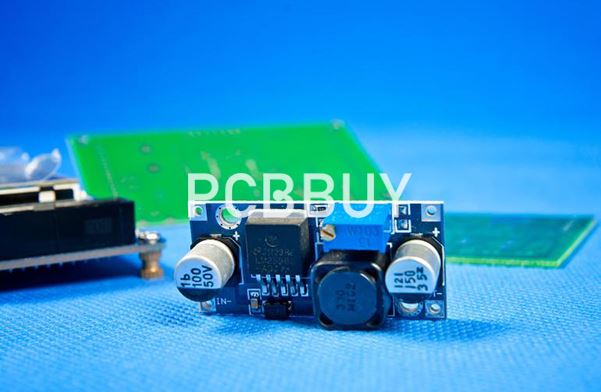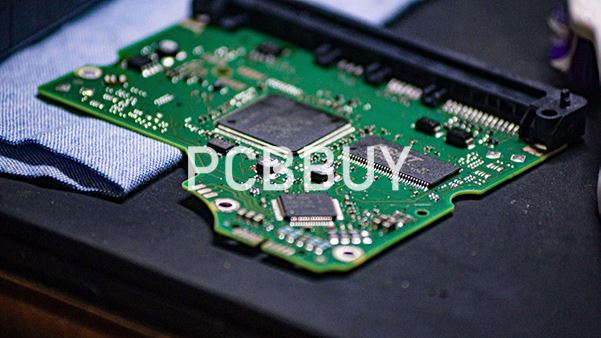Artwork in PCB
By:PCBBUY 03/07/2024 11:45

In the PCB (Printed Circuit Board) industry, when we mention "photomasks," it often refers to black and white photomasks. However, this field encompasses more than just simple black and white; it involves precise craftsmanship and complex technical processes. Meanwhile, the brown "diazo film" also holds its unique name—Phototool, further enriching the terminology system of PCB manufacturing.
Before delving into photomasks in the PCB industry, we first need to understand their crucial role in the entire production process. PCBs, as indispensable foundations for modern electronic devices, demand high precision and stability in their manufacturing process. Photomasks, as important media in this process, bear the crucial task of transforming designs into actual circuits.

In the PCB industry, photomasks are mainly divided into two categories: "master artwork" and "working artwork." These two have their unique roles and applications in the production process.
Master artwork, as the name suggests, presents the initial design. It is usually produced on high-precision equipment to ensure the clarity and accuracy of the pattern. The production process of master artwork involves complex optical and chemical treatments to ensure that every detail is perfectly captured. Once the master artwork is created, it becomes the benchmark for all subsequent replication and production.
In contrast, working artwork is a derivative of master artwork. They are obtained by re-photographing the master artwork and used for daily production activities. Working artwork may undergo certain adjustments and optimizations in the production process based on specific production requirements, but its core pattern and information must strictly adhere to the consistency with the master artwork.
In addition to black and white photomasks, the previously mentioned diazo film is also an indispensable part of PCB manufacturing. This brown photosensitive material undergoes a chemical reaction when exposed to light at specific wavelengths, transferring the pattern onto the circuit board. The use of diazo film greatly improves the efficiency and accuracy of PCB manufacturing, allowing complex circuit patterns to be accurately replicated in a short amount of time.
However, whether it's black and white photomasks or diazo film, their use and preservation require strict environmental control and operational standards. Factors such as temperature, humidity, and light exposure can affect the quality and lifespan of photomasks. Therefore, in the PCB industry, the management and maintenance of photomasks are also crucial tasks.

With the continuous development of technology, the PCB industry is also advancing. The emergence of new materials, processes, and technologies brings more possibilities and challenges to photomask production. For example, with the widespread application of digital technology, some traditional photomask production processes are being replaced by digital tools. This not only improves production efficiency but also makes PCB design more flexible and diverse.
Nevertheless, the position of photomasks in the PCB industry remains unshakable. They bear the crucial task of transforming design concepts into actual products and serve as a bridge between design and production. Therefore, in-depth research and continuous innovation in photomask technology remain one of the important directions for the development of the PCB industry.
In conclusion, the art of photomasks in the PCB industry is a profound and complex discipline. From master artwork to working artwork, each step embodies the wisdom and sweat of engineers. It is these seemingly minor details and exquisite craftsmanship that constitute the solid foundation of modern electronic devices. With the continuous advancement of technology and the changing demands of the market, we have reason to believe that photomask technology in the PCB industry will continue to develop and innovate, contributing more to the prosperity of the electronics industry.
Industry Category











